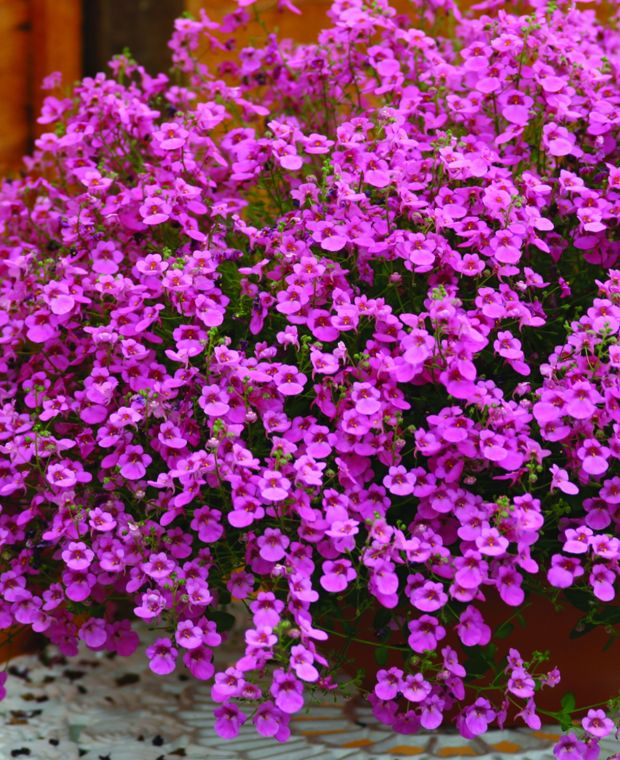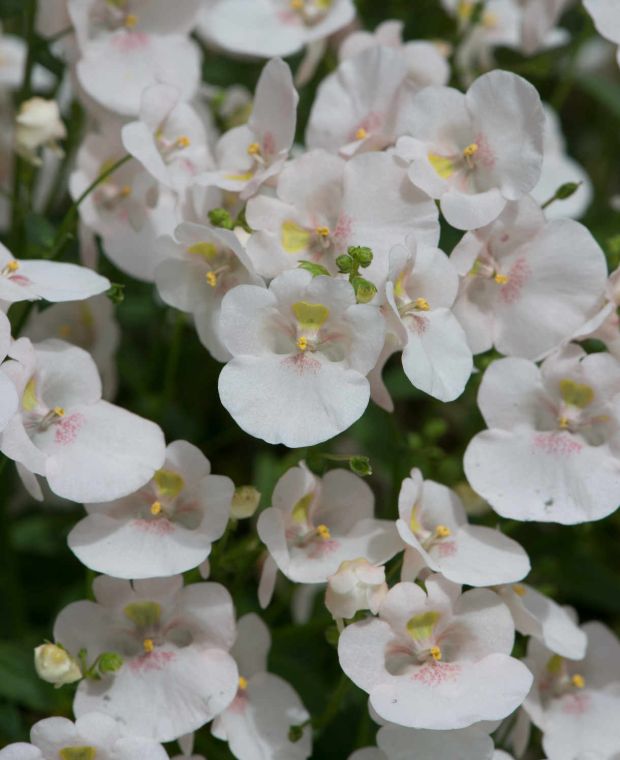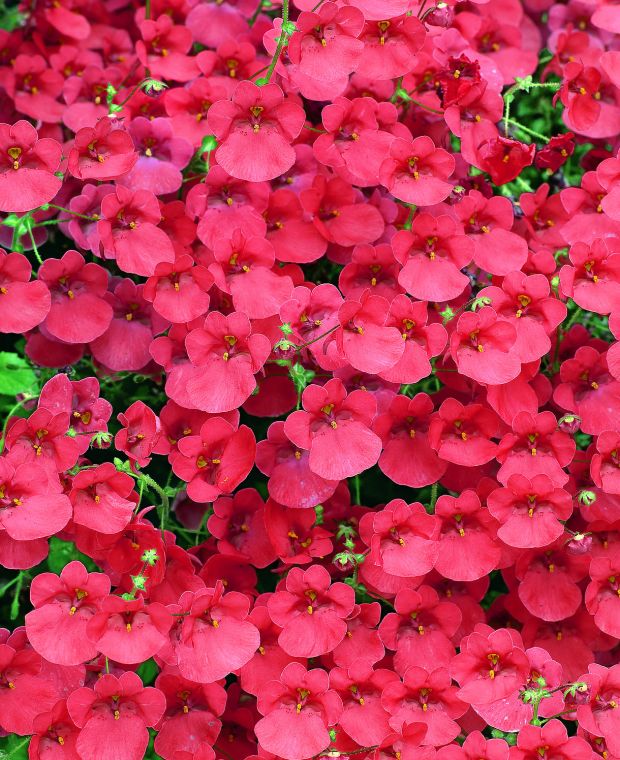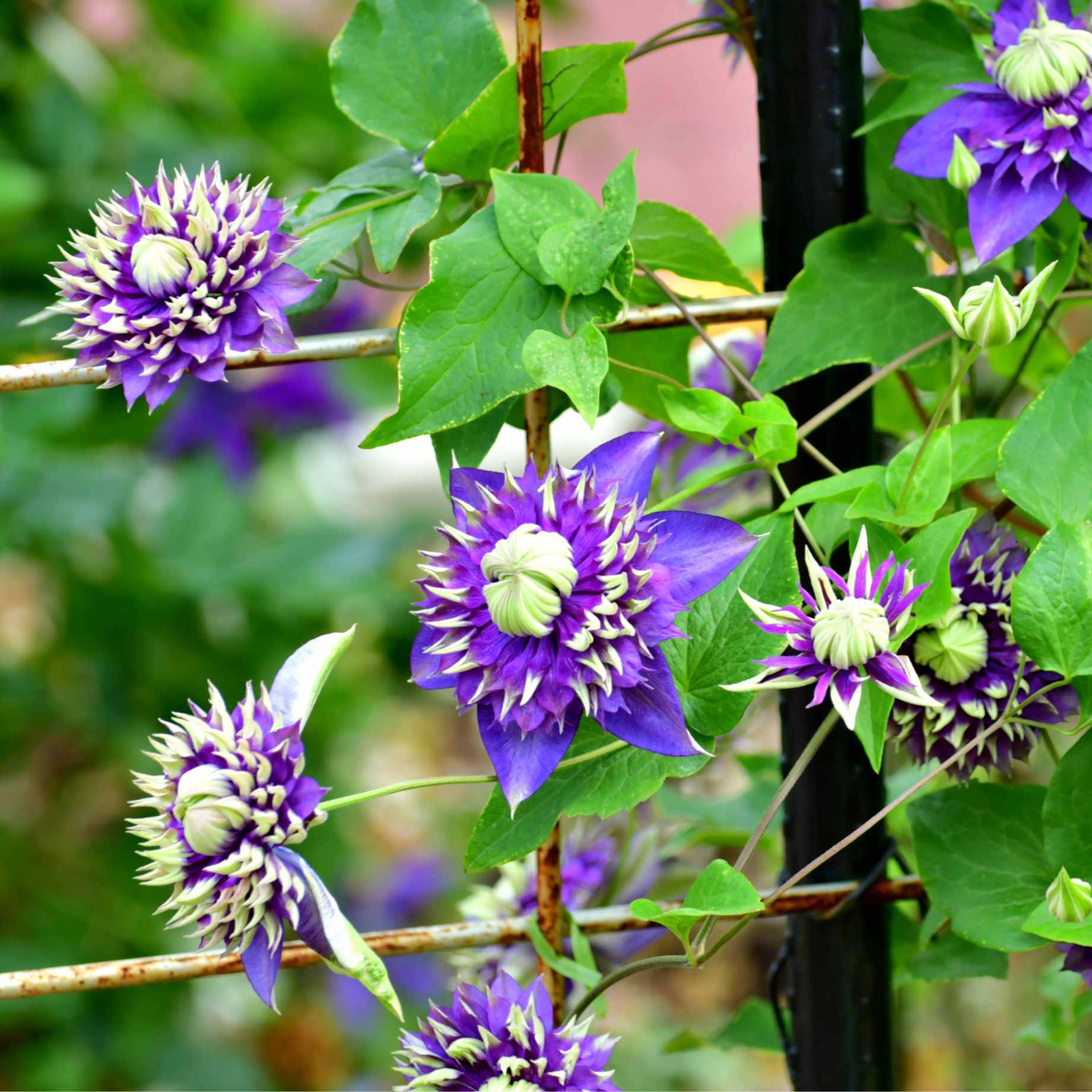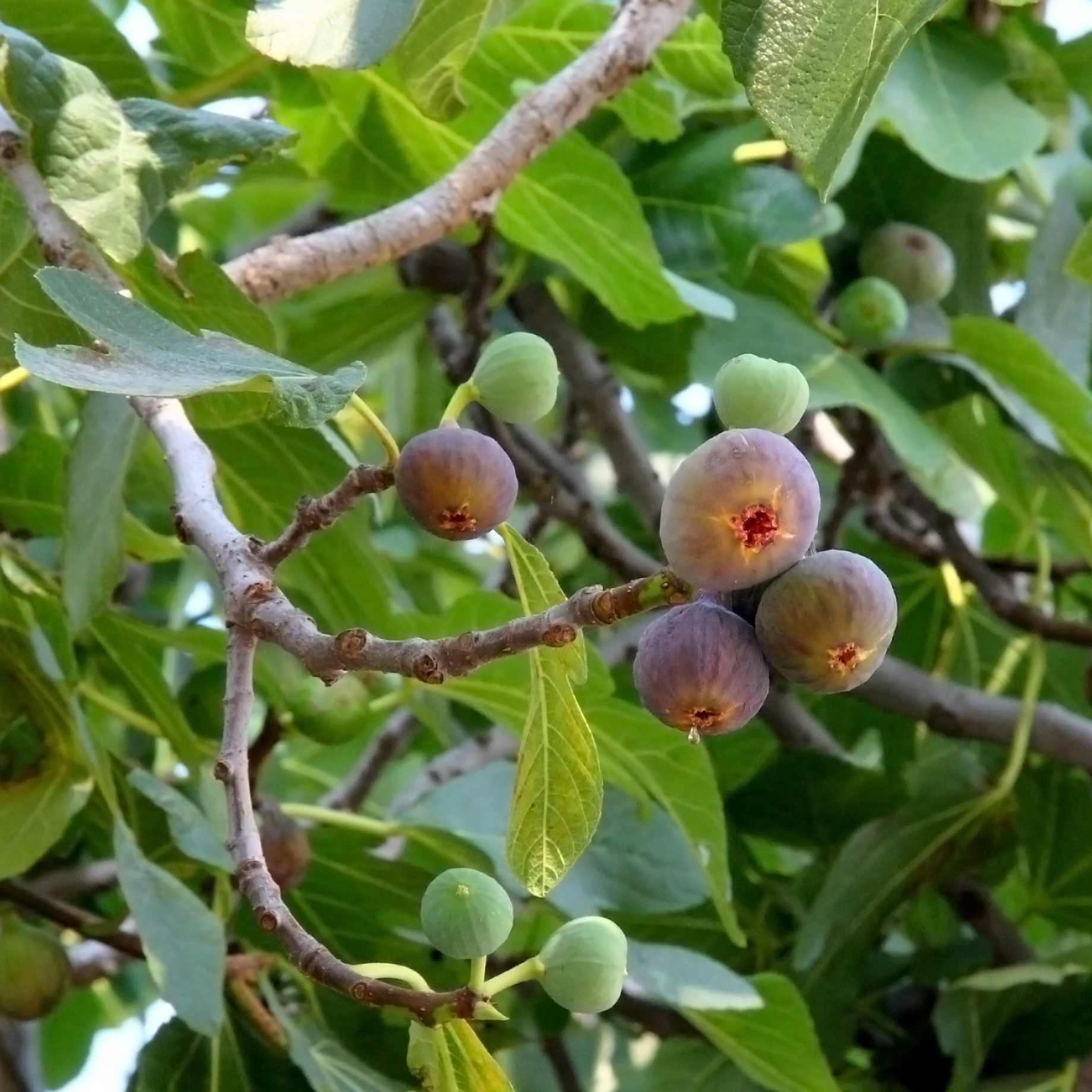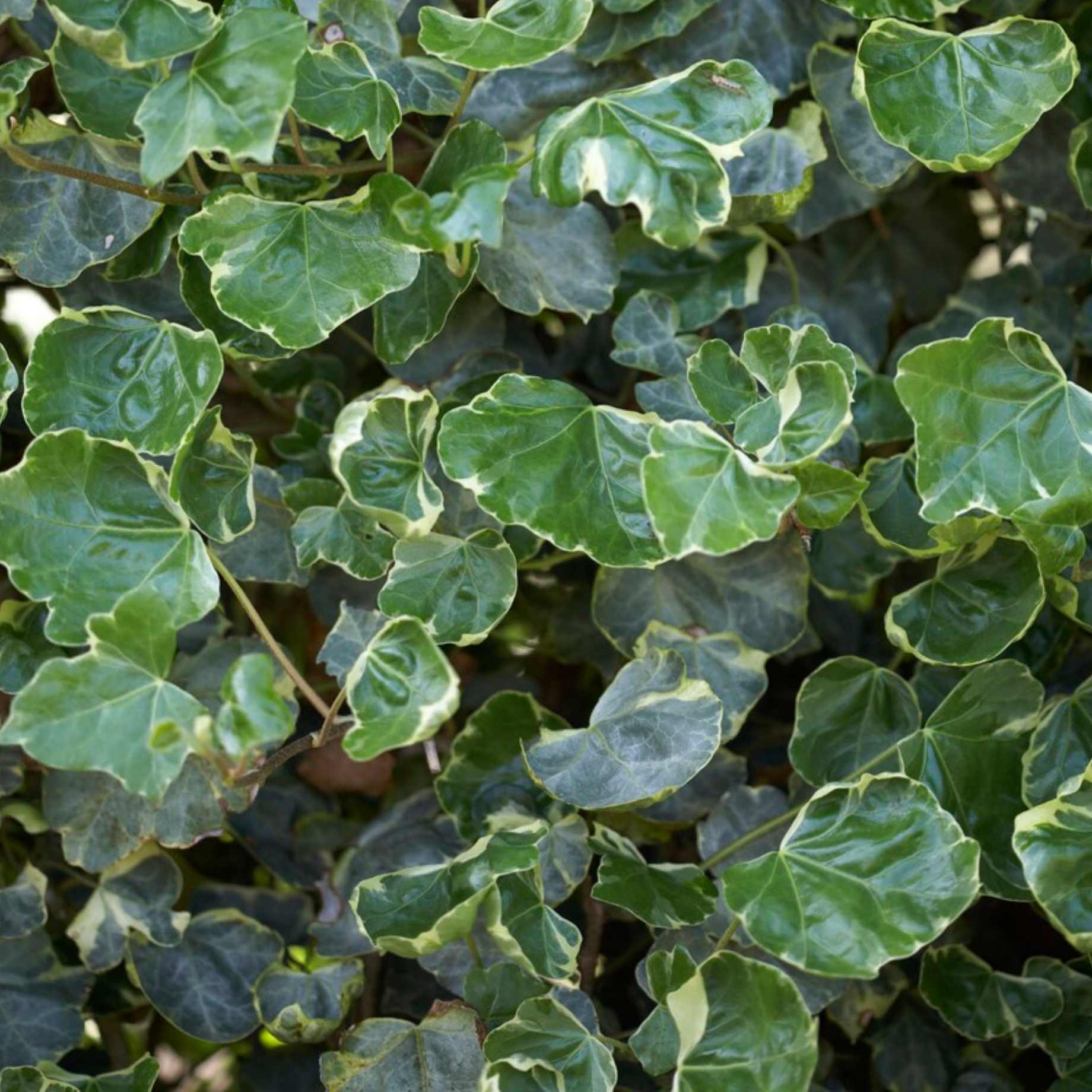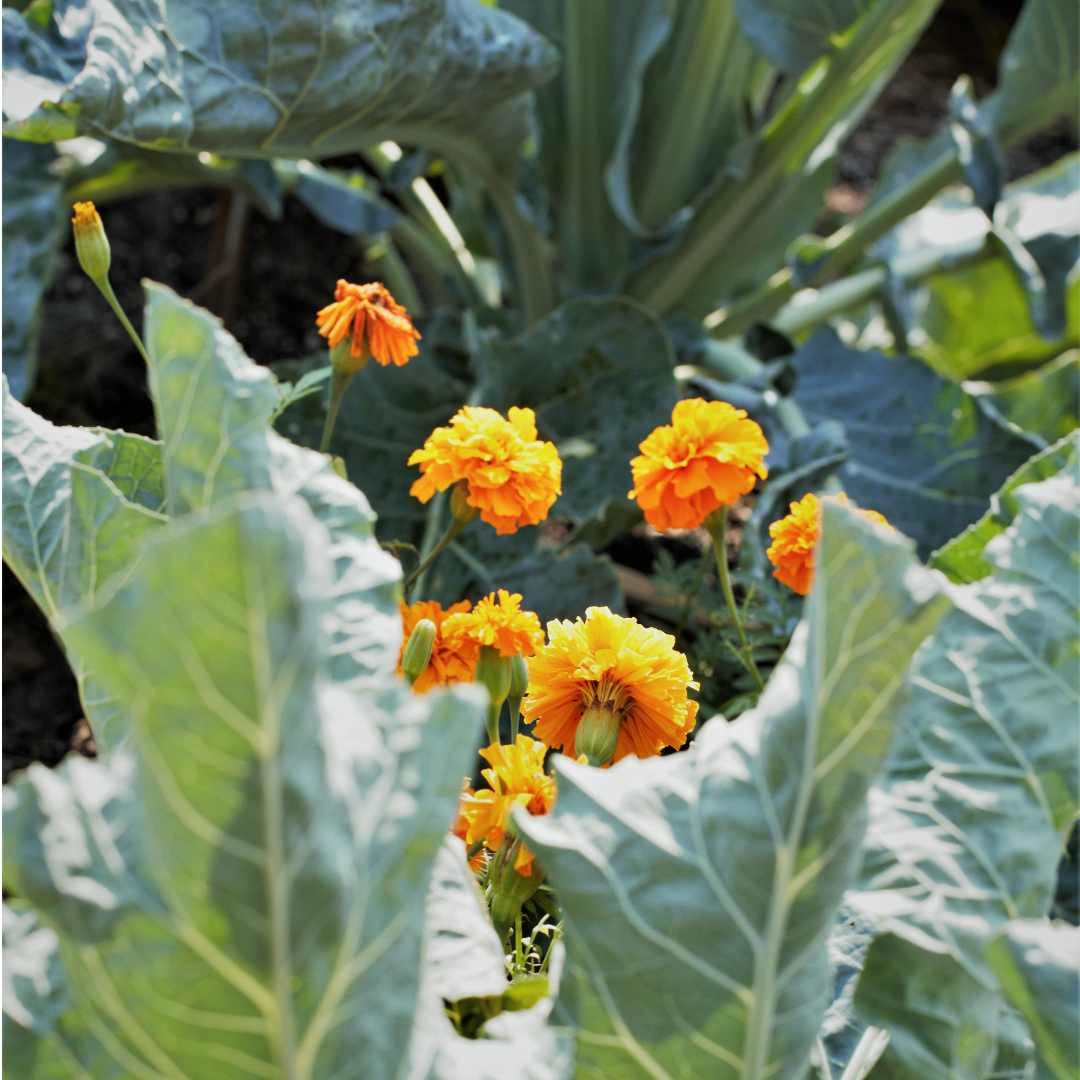Tell Me More…
The diascia family are native relatives of the foxglove and the open mouth blooms bear a familial resemblance to these garden favourites. The flowers of Diascia ‘Little Dancer’ form tiny pink bubbles along the stems which develop into frothing streams of flowers which are held from May to October. Foliage has a bushy, mound-forming habit and is semi-evergreen so may be retained all year in milder parts of the UK. Although frequently grown as an annual, diascia are actually half-hardy (H3) perennials which will flower again the following spring if overwintered away from hard frosts. The candy pink tones of Diascia ‘Little Dancer’ are perfect planted in baskets, pots and raised beds where you can take advantage of the semi-trailing habit. Alternatively, use at the front of a border, where their weed-suppressing, ground covering abilities will also be invaluable. Plant in a south or east facing spot which benefits from full sun or partial shade. Happy in any soil which is moist yet well-drained and deadhead plants as required to prolong and promote flowering.
Flower and Foliage Months
Jan
Feb
Mar
Apr
May
Jun
Jul
Aug
Sep
Oct
Nov
Dec
Foliage Month
Flowering Month
Key Information
| Latin Name | Diascia ‘Little Dancer’ |
|---|---|
| Common Name | Twinspur |
| Hardiness | H3 (-1 to -5°C) |
| Colour | Pink |
| Type | Perennial |
| Format | Young Plants |
| Position | Full-Sun, Part-Shade, Part-Sun |
| Foliage | Semi-Evergreen |
| Height in Maturity (m) | 0.20 m |
| Spread in Maturity (m) | 0.30 |
| Soil Conditions | Chalk Clay Loam Sand |
| Soil Acidity | Acid Alkaline Neutral |
| Aspect | East-facing, South-facing |
| Good for pots | Yes |
| Good for hanging baskets | Yes |
| Good for Rockeries | Yes |
| Good for wildlife | Yes |
| Good for pollinators | Yes |
| Good for groundcover | Yes |

